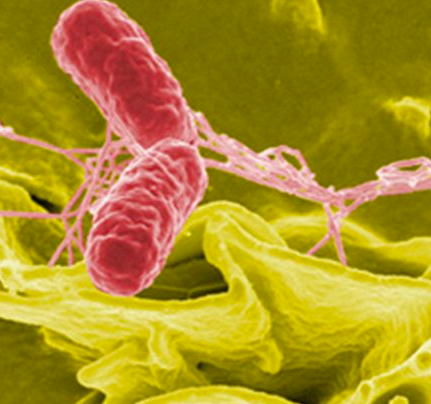New Scientist
Image: NASA’s Marshall Space Flight Center
A form of life that uses a fresh genetic “language” could be just a few years away. This comes after geneticists used a new technique to recode 5 per cent of the Salmonella bacterium’s genome, introducing a record number of engineered changes into a single organism.
Now the race is on to recode the entire genome and put the microbes to work.
Genome recoding is seen by many as the next big thing in genetic engineering. Among other things, it offers geneticists a way to engineer the proteins produced by organisms and give them new properties – allowing the creation of proteins that don’t exist in nature, and potential uses in new types of drugs and vaccines.
Standard proteins are built from 20 amino acids, which are in turn coded for by “codons” – runs of three DNA “letters” in the genetic code (TTT, TTC, and so on). It’s possible to produce 64 distinct codons, meaning there is a lot of redundancy in the system because amino acids are usually coded for by more than one codon. The amino acid leucine, for example, is produced by six different codons.
That redundancy could be used to our advantage. For instance, if an entire genome was recoded so that leucine was produced by just one codon, it would free up five others that could be reassigned to produce brand new amino acids beyond the 20 natural ones, potentially leading to new commercially useful proteins. Read more on newscientist.com…








